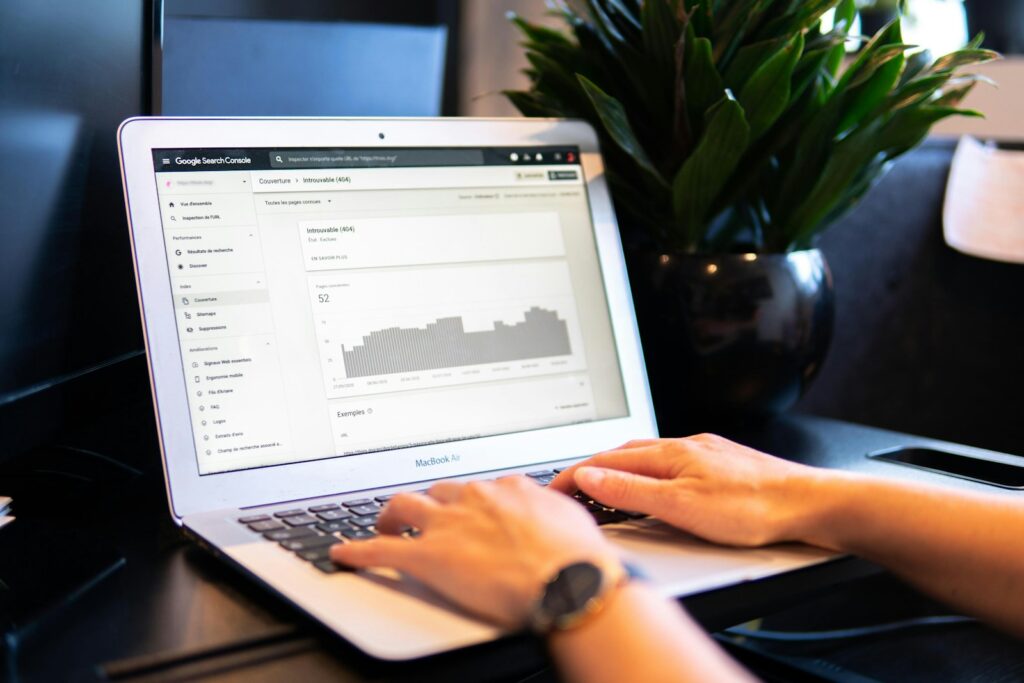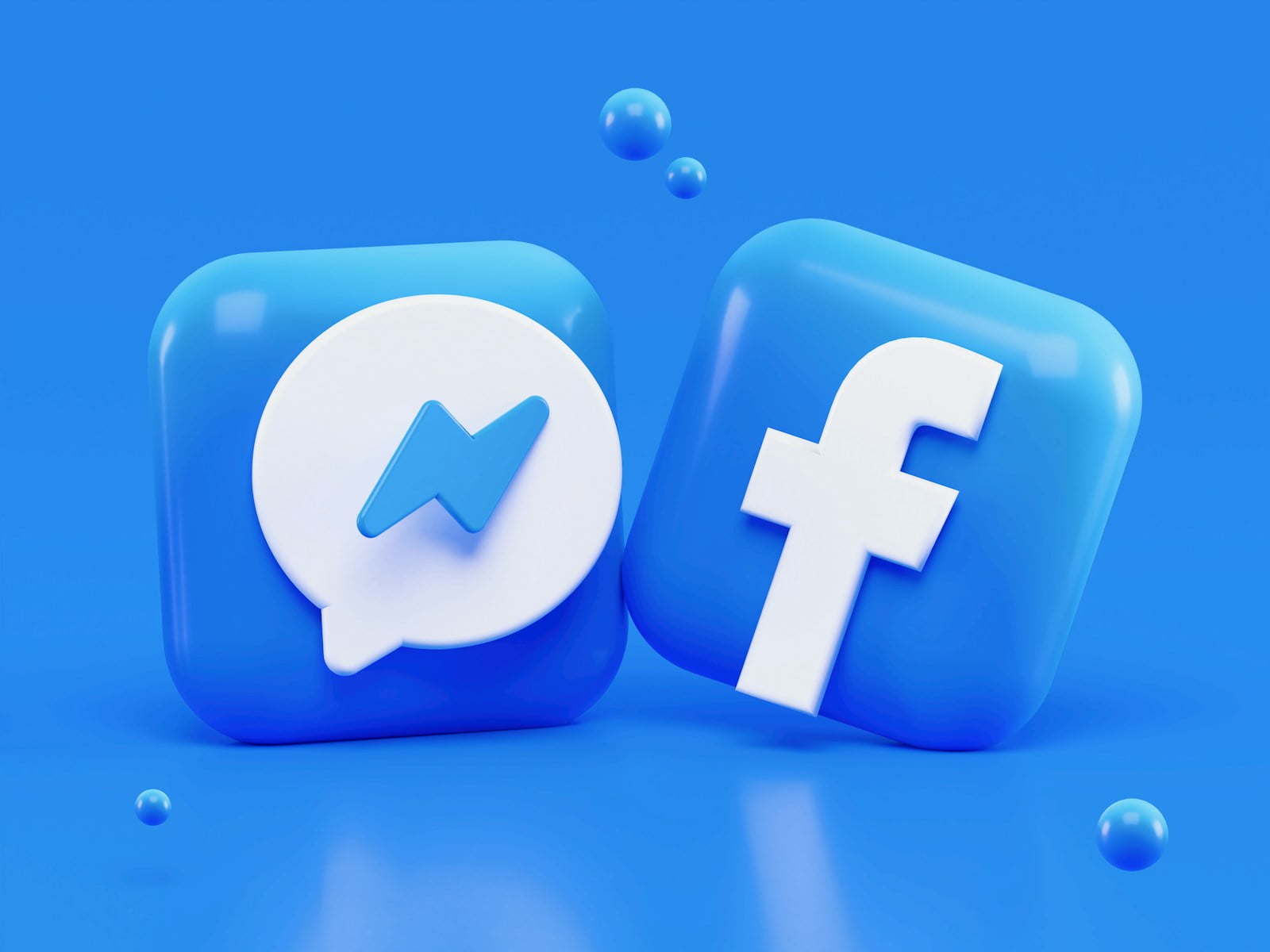In the realm of digital marketing, the choice between Google Ads and social media for paid marketing can be a pivotal decision for businesses looking to maximize their online presence and reach their target audience effectively. Both platforms offer unique advantages and cater to different marketing objectives, making it essential to understand their strengths and weaknesses to make an informed decision.

Understanding Google Ads:
Google Ads, formerly known as Google AdWords, is Google’s advertising platform that allows businesses to display ads on Google’s search engine results pages (SERPs) and across its vast network of partner websites. With Google Ads, businesses can target users based on keywords, demographics, interests, and more, making it a powerful tool for reaching potential customers actively searching for products or services.
Benefits of Google Ads:
- Intent-based Targeting: Google Ads allows businesses to target users based on their search intent, making it ideal for capturing high-intent leads.
- High Visibility: Ads on Google SERPs are prominently displayed, increasing visibility and click-through rates.
- Measurable Results: Google Ads provides detailed analytics and tracking tools to measure the performance of campaigns accurately.
Leveraging Social Media for Paid Marketing:
Social media platforms like Facebook, Instagram, Twitter, and LinkedIn offer a different approach to paid marketing, focusing on engaging with users through targeted ads, sponsored content, and influencer partnerships. Social media marketing allows businesses to build brand awareness, engage with their audience, and drive conversions through compelling visual and interactive content.
Advantages of Social Media Marketing:
- Audience Engagement: Social media platforms enable businesses to interact with their audience in real-time, fostering relationships and building brand loyalty.
- Visual Appeal: Social media is highly visual, making it ideal for showcasing products and services creatively.
- Targeted Advertising: Social media platforms offer advanced targeting options based on demographics, interests, behaviors, and more.
Choosing the Right Platform:
When deciding between Google Ads and social media for paid marketing, it’s crucial to consider your business goals, target audience, budget, and the nature of your products or services. For businesses looking to capture high-intent leads and drive immediate conversions, Google Ads may be the preferred choice. On the other hand, if your goal is to build brand awareness, engage with your audience, and create a community around your brand, social media marketing could be more suitable.In conclusion, the effectiveness of Google Ads versus social media for paid marketing ultimately depends on your specific marketing objectives and target audience. By understanding the strengths of each platform and aligning them with your business goals, you can create a comprehensive paid marketing strategy that leverages the unique advantages of both Google Ads and social media to maximize your online presence and drive results.







